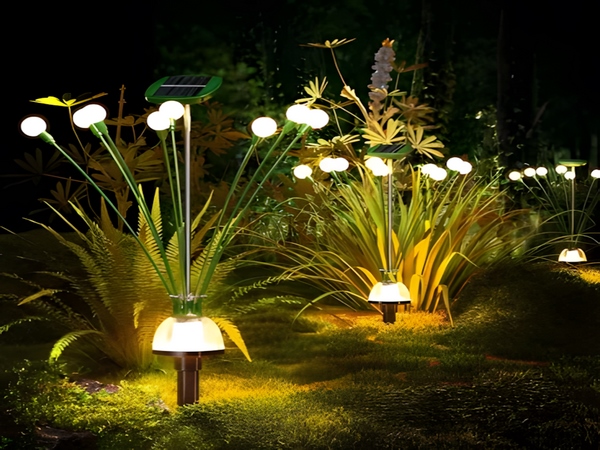
Solar streetlights are a major area in the application of solar power in the country, particularly serving as demonstration projects in some regions. The effectiveness of their actual applications will significantly impact the future promotion and use of photovoltaic systems domestically. As a part of the photovoltaic industry, we need to enhance the accumulation of practical experience with solar streetlights, comprehensively consider user costs and stability. However, many users report that the installed solar streetlights do not illuminate as brightly as traditional streetlights. What are the reasons for this? Here is an introduction to the topic.

Reasons why solar streetlights are not as bright as traditional streetlights:
1. Not installed in an appropriate location
Some solar streetlights are not installed in suitable locations, where there are still obstructions that affect the solar panel’s ability to absorb sunlight. Tall trees, the eaves of buildings, and various shadows can all reduce the energy absorption capacity of solar panels, leading to decreased conversion rates and consequently inadequate lighting.
2. Controller not set correctly
Incorrect installation of the controller when setting up solar streetlights can also lead to them not lighting up. If the installation personnel lack professional knowledge or do not follow the manufacturer’s instructions, it can result in improper controller installation, which prevents correct control over lighting time, wattage, etc., ultimately causing the solar streetlights to fail to light up properly.

3. Poor quality of solar streetlights
With a promising market for solar streetlights, many manufacturers have entered the industry. However, driven by profit, some manufacturers opt for inferior parts in place of quality components to sell at lower prices or maximize profits, or they may falsely label specifications and misrepresent power ratings. Such practices can lead to solar streetlights failing to meet lighting requirements, thus being less bright than traditional streetlights.
The reasons for solar streetlights being less bright than traditional streetlights have been shared here. Today, the low-carbon, environmentally-friendly, and safe and reliable advantages of solar streetlights have been recognized by many customers, leading to their vigorous promotion. Therefore, they can be widely applied in urban main and secondary roads, residential areas, factories, tourist attractions, parking lots, and other locations.



